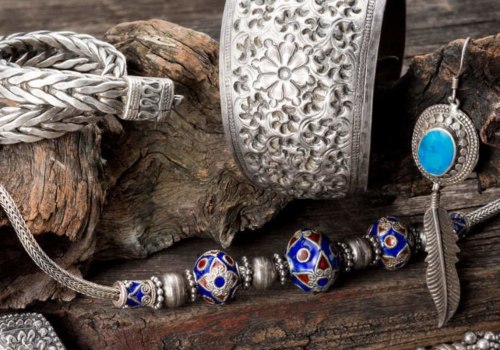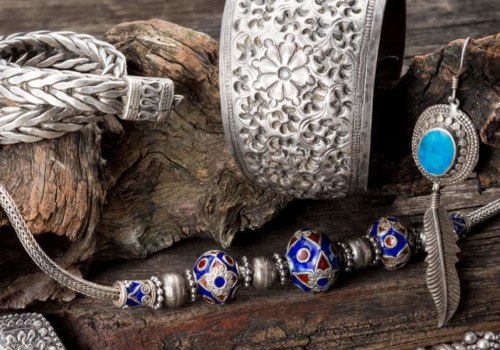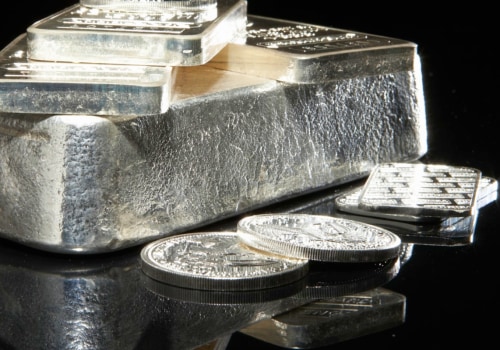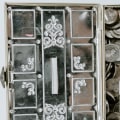As an investor, the main goal is to make a profit from their investments. There are two ways to benefit from junk silver. The most common is to take advantage of the rise in silver prices. When an investor buys a lot of junk silver and the price of silver increases, they can cash out and make a profit.
The second, less common way, is to take advantage of the spread of coins. Generally, junk silver coins are priced between -5% and +5% of the spot price of silver. If an investor finds a seller willing to sell for -5% of the spot price and then sells it to a buyer willing to pay 5% more than the spot price, they will make a profit. Provident Metals is one of the best places to buy junk silver due to their low prices and impressive selection.
With their easy-to-use website, you can find all the junk silver you need with no hassle. Plus, Provident Metals has a great reputation, making it a reliable place to buy junk silver. When minted, some coins contain 0.7234 troy ounces of silver per dollar of face value. In practice, the silver content is often assumed to be 0.715 ounces due to circulation eroding coins.
The least common junk silver was the Kennedy half dollar from 1965 to 1970, which contained 40% silver. This is one of the reasons why investors buy coins from this era. In Canada, the most common Canadian coins used as junk silver are the dime, quarter, half dollar and Canadian dollar coins that were minted before 1967. When you can buy bags of 90% silver coins in circulation at approximately the same premium as 100 oz ingots, or even with small premiums above 1 ounce, round silver bags should be the first choice for many investors because of the reduction in price when buying in bulk. Choosing between junk silver coins or ingots depends largely on the investor's goals, resources, and storage space.
Junk silver is usually 90% silver while ingots can be 100%, which saves space. Before 1965, silver coins were ideal for survival but junk silver coins were sold at prices higher or lower than their premiums in 100-ounce ingots and 1-ounce round silver bullets. The main difference between investing in ingots instead of junk silver is solving the space problem as scrap silver requires much more storage space than ingots due to its purity. Sometimes during an increase in precious metals markets, 90% silver coins circulated in the United States and exchanges charged premiums of 50%.
This shows how quickly 90% silver coins can collect large premiums and that premiums for 90% silver coins can rise while the price of silver remains stagnant. In addition to sales, untold quantities of bags were refined in order to support this claim. Silver coins are scarce and after 2000 premiums with 90% of silver coins fell to record lows. Junk silver coins became less expensive than 100 oz silver ingots.
The possibility of 90% silver stock exchanges generating large premiums justifies buying stock exchanges (silver coins in circulation) by investors who can manage their weight and volume. The best junk silver coins to collect are dollars, half dollars and dimes as they are worth enough silver to buy small items such as milk or bread without needing change while dollars and half dollars represent larger items with higher value per currency for taking full advantage of limited storage space. Bullion coins maintain high liquidity and are quickly converted into cash with sizes ranging from 2 ounces to 10 ounces with smaller weights being easier to sell. Silver bars come in rectangle shapes with many people confusing them with coins due to their size, shape and purity of metal.
Private companies minting these coins make them difficult to authenticate while government-backed institutions guarantee their purity and quality making them easier to authenticate. Dealers trick novice investors into buying with higher premiums due to their scarcity while investors buy them for their purity rather than collection capacity. Silver coins come from Australia, United Kingdom, United States and Canada with standard ingot coins coming in 1-ounce sizes.











